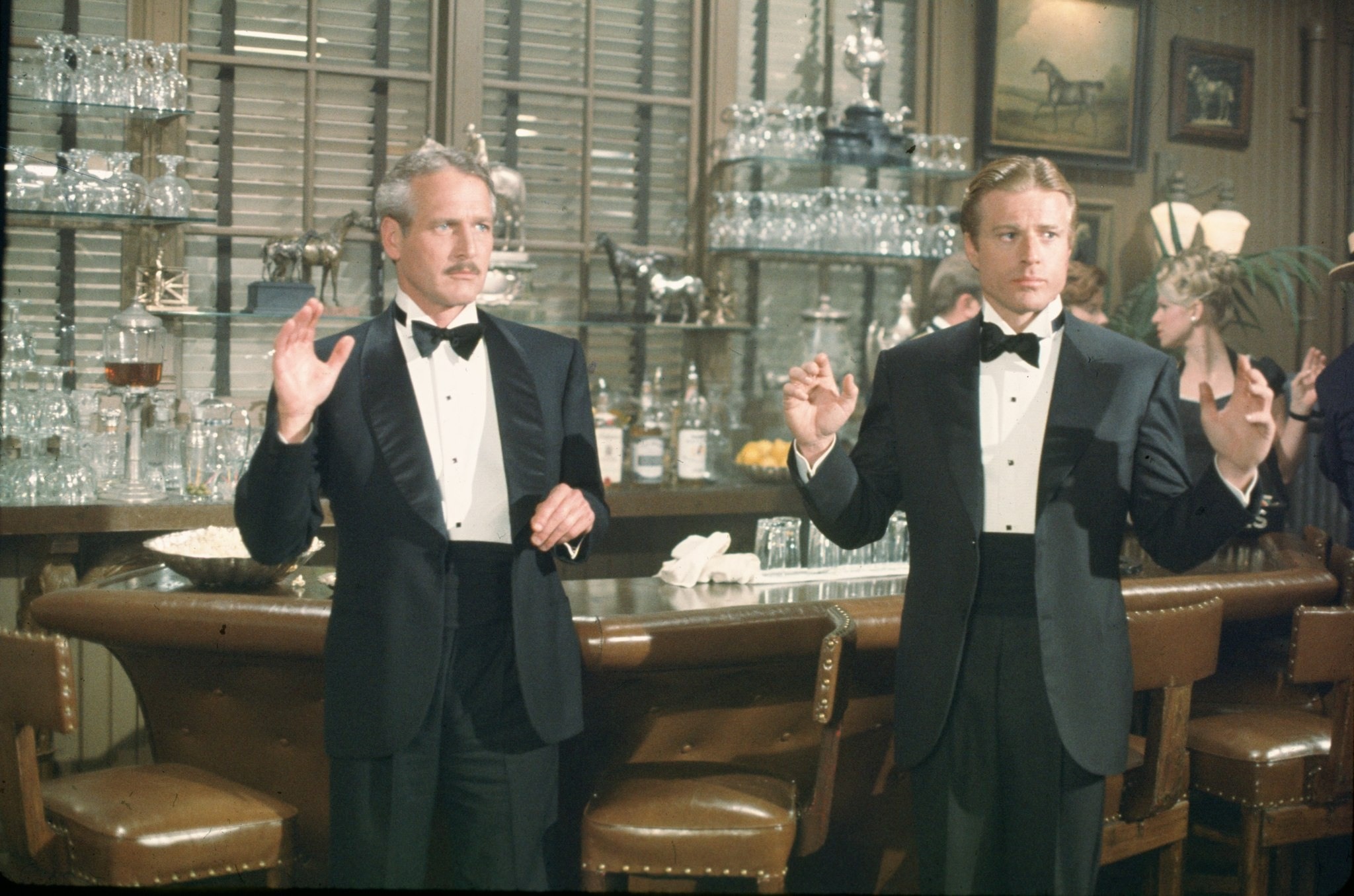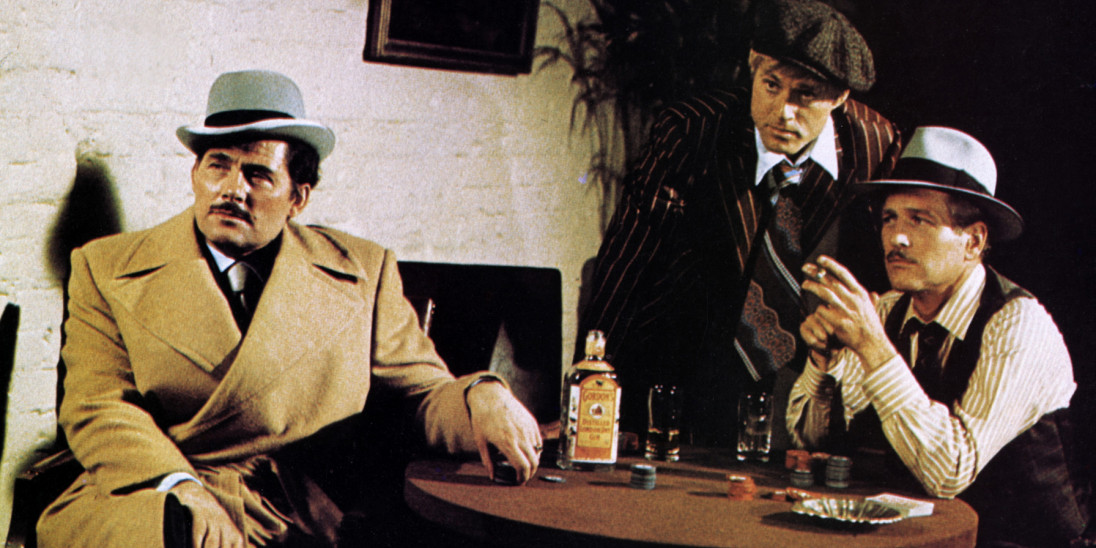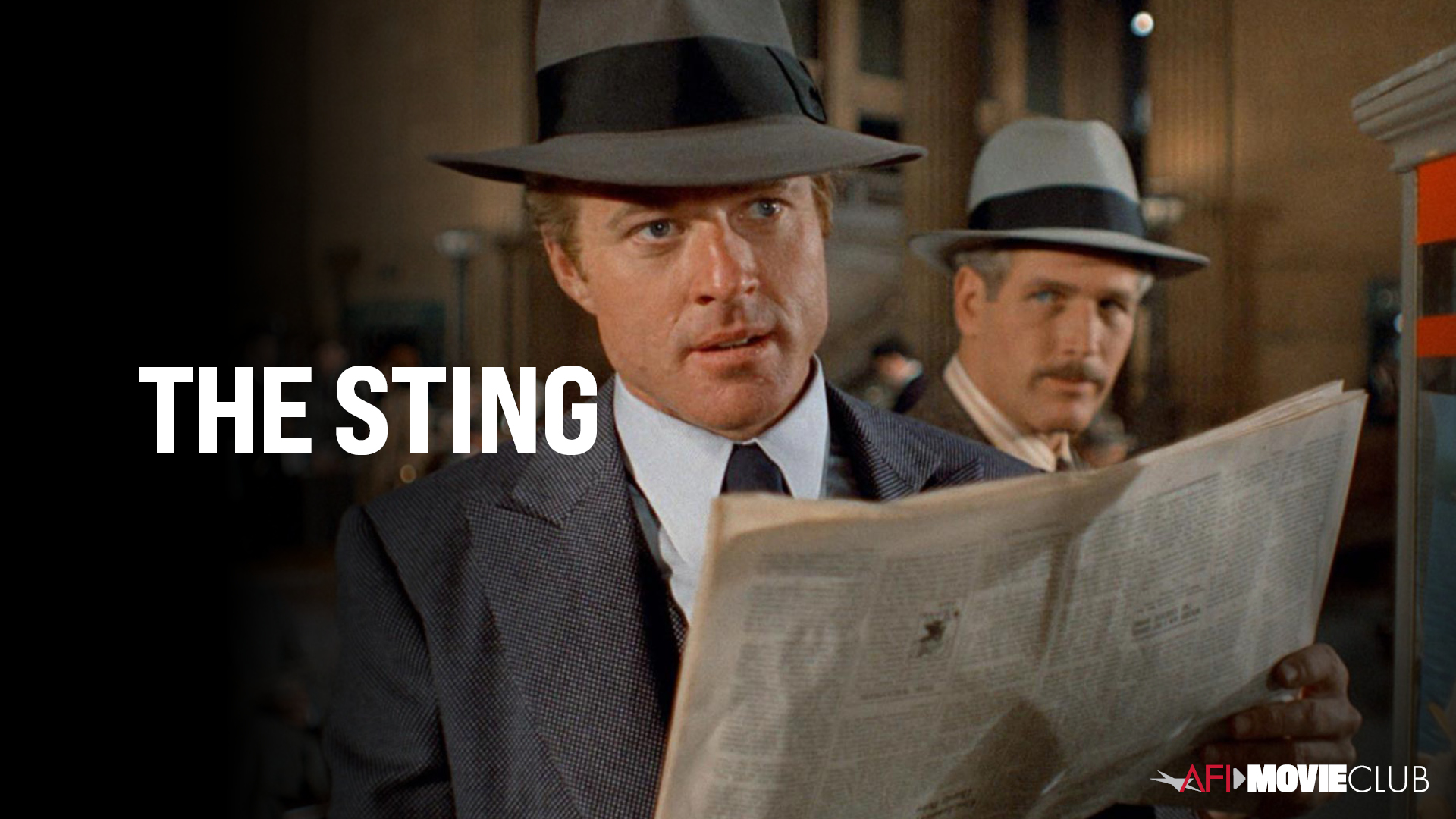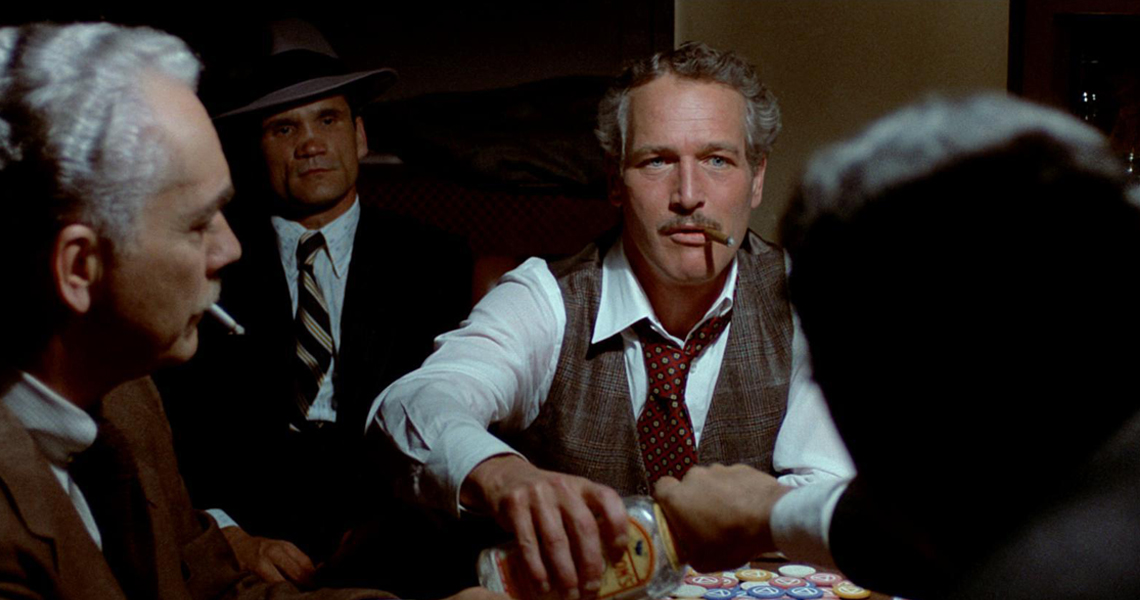“The Sting” (1973)

Released in 1973, “The Sting,” directed by George Roy Hill and written by David S. Ward, is a classic caper film that has earned a prominent place in cinematic history. Featuring an outstanding cast led by Paul Newman and Robert Redford, and renowned for its clever plot and period-accurate portrayal of 1930s Chicago, the film remains a quintessential example of the genre. This essay delves into the film’s plot, character development, visual style, thematic elements, and its lasting impact on cinema.
“The Sting” is set during the Great Depression and follows a complex plot centered around two con artists, Johnny Hooker (Robert Redford) and Henry Gondorff (Paul Newman). The narrative kicks off with Hooker, a small-time grifter, seeking revenge for the murder of his mentor, Luther Coleman (Robert Earl Jones), by a ruthless mobster named Doyle Lonnegan (Robert Shaw).
The plot thickens when Hooker teams up with the seasoned con artist Gondorff to execute an elaborate scam against Lonnegan. The scheme involves a fake betting parlor, a phony horse race, and a network of collaborators who are all in on the con. The film unfolds with a series of twists and turns, as Hooker and Gondorff meticulously orchestrate their plan while navigating Lonnegan’s suspicion and the potential for betrayal.

The film’s narrative is intricately structured, with multiple layers of deception and misdirection that keep the audience guessing until the final moments. The climax of the film is particularly notable for its clever resolution and the way it ties together the various elements of th
The character development in “The Sting” is central to its success, with the chemistry between Paul Newman and Robert Redford being a standout feature. Newman’s portrayal of Henry Gondorff is charismatic and authoritative, reflecting his experience and expertise in the art of the con. Gondorff is depicted as a master of deception, whose confidence and wit drive much of the film’s plot.
Robert Redford’s Johnny Hooker is a dynamic and engaging character, whose naivety contrasts with Gondorff’s seasoned approach. Redford’s performance captures Hooker’s youthful ambition and vulnerability, making his character’s growth and eventual success all the more compelling.

The supporting cast, including Robert Shaw as the formidable Doyle Lonnegan and Charles Durning as the corrupt police officer Lieutenant Wm. Snyder, adds depth and dimension to the film. Shaw’s portrayal of Lonnegan is menacing and intense, providing a formidable adversary for Hooker and Gondorff’s scheme.
George Roy Hill’s direction, coupled with the cinematography of Robert Surtees, contributes significantly to the film’s distinctive style. The visual aesthetic of “The Sting” is characterized by its meticulous attention to period detail, recreating the look and feel of 1930s Chicago with authenticity and flair.
The film’s use of color, lighting, and camera angles enhances its period atmosphere and adds to the overall sense of nostalgia. The cinematography effectively captures the bustling streets, glamorous nightclubs, and shady back alleys of the era, immersing the audience in the world of the con.

The film’s score, composed by Marvin Hamlisch, is another notable aspect of its style. The use of Scott Joplin’s ragtime music, particularly the iconic “The Entertainer,” adds a playful and jaunty tone to the film, complementing its lighthearted and clever narrative.
“The Sting” explores themes of deception, trust, and justice. The film delves into the intricacies of the con artist’s world, highlighting the skill and cunning required to execute a successful scheme. It also examines the nature of trust and betrayal, as the characters navigate a web of lies and manipulation.
The film’s portrayal of the con as a form of artistic expression and strategic prowess offers a nuanced perspective on crime and morality. The characters’ motivations and actions are driven by a desire for retribution, financial gain, and the thrill of the con, adding complexity to their roles.

“The Sting” also reflects the social and economic realities of the Great Depression, depicting a world where survival often requires bending or breaking the rules. The film’s setting and historical context add depth to its exploration of crime and justice.
Upon its release, “The Sting” was met with critical acclaim and commercial success. It won seven Academy Awards, including Best Picture, Best Director, and Best Screenplay, and remains a beloved classic in the genre. The film’s innovative approach to storytelling, combined with its charismatic performances and stylish presentation, has influenced subsequent films and television shows.
The film’s legacy is marked by its enduring popularity and its role in shaping the caper genre. Its blend of humor, suspense, and clever plotting continues to resonate with audiences and serves as a benchmark for other films exploring the art of the con.
“The Sting” (1973) stands as a masterful example of the caper genre, combining clever storytelling, strong performances, and period-accurate aesthetics to create a memorable and engaging film. George Roy Hill’s direction, coupled with the dynamic performances of Paul Newman and Robert Redford, ensures that the film remains a classic. Its exploration of deception, trust, and justice, along with its innovative narrative structure, solidifies its place as a significant and influential work in cinematic history.











